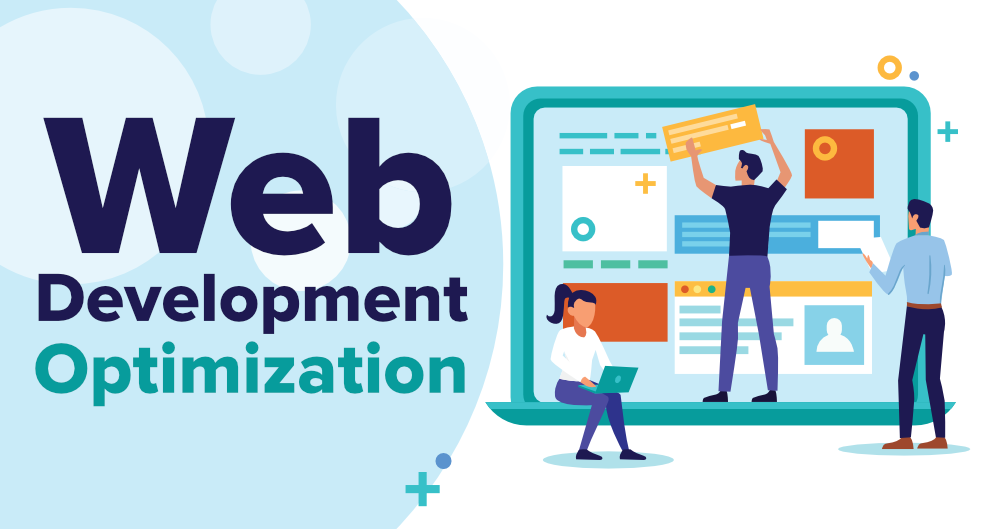Pulse of Information
Stay updated with the latest news and insights.
Web Speed Secrets for a Thriving Online Presence
Unlock the secrets to blazing-fast web speed and supercharge your online presence! Discover tips for optimal performance now!
How to Measure Your Website's Speed and Why It Matters
Measuring your website's speed is crucial for both user experience and search engine optimization (SEO). To effectively measure your website's speed, you can use various tools such as Google PageSpeed Insights, GTmetrix, or Pingdom. These platforms provide comprehensive reports detailing loading times, page size, and performance scores. Additionally, consider conducting tests from different geographical locations to understand how global visitors experience your site. This data is essential because a slow-loading website can frustrate users and lead to higher bounce rates, ultimately affecting your site's ranking on search engines.
Understanding *why it matters* to measure your website's speed is equally important. According to research, the majority of users expect a webpage to load within just 2 seconds. If your website takes longer than this, you risk losing potential customers and diminishing their trust in your brand. Moreover, search engines like Google have incorporated site speed as a ranking factor, meaning a fast website can significantly enhance your visibility in search results. To summarize, monitoring and improving your website's speed not only elevates user satisfaction but also boosts your SEO strategy, leading to increased traffic and conversions.

5 Essential Tips to Boost Your Website's Loading Time
In today’s digital age, a slow website can significantly impact user experience and search engine rankings. Here are 5 essential tips to boost your website's loading time. First, consider optimizing your images. Large image files can slow down your site considerably. Use tools to compress your images without sacrificing quality, and utilize the appropriate formats like JPEG for photos and PNG for graphics. Secondly, leverage browser caching. This allows frequently accessed resources to be stored in a user's browser, reducing load time for repeat visitors.
Thirdly, minimize HTTP requests by reducing the number of elements on your web pages. This can be achieved by combining CSS files and JavaScript scripts. Fourth, use a Content Delivery Network (CDN). A CDN helps distribute the load, delivering content to users from the nearest data center, which can improve loading speeds significantly. Finally, regularly conduct speed tests to monitor your site's performance. Use tools that provide insights into loading times and help you identify areas for improvement. By implementing these strategies, you can create a faster, more efficient website that enhances user experience and boosts your SEO.
Is Your Website Speed Hurting Your Conversion Rates?
In today's digital landscape, website speed plays a crucial role in determining whether visitors will stay on your site or bounce away. Research indicates that slow-loading pages can lead to a significant decline in conversion rates, affecting everything from product sales to newsletter sign-ups. If your website takes more than a few seconds to load, potential customers may become frustrated and leave before they even see what you have to offer. Optimizing your site’s performance can lead not only to enhanced user experience but also to improved conversion rates, making it a vital aspect of your overall SEO strategy.
To give you an understanding of just how critical website speed is, consider these statistics:
- Approximately 40% of users will abandon a website if it takes more than 3 seconds to load.
- A 1-second delay in page response can result in a 7% reduction in conversions.
- Search engines like Google also factor in loading time when ranking websites, meaning that a slow site could be penalized in search results.